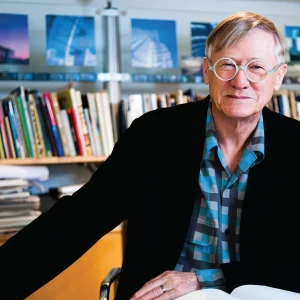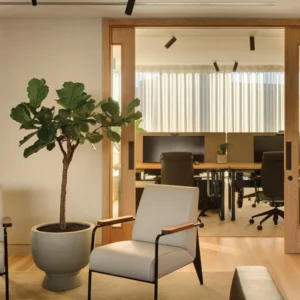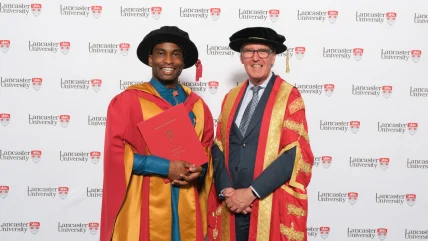
Words By Emily Martin
IN A PIVOTAL moment for the architectural community, Muyiwa Oki made history as the first black, and youngest, president of the Royal Institute of British Architects (RIBA) when he began the role in September 2023.
An architect at construction consultancy Mace Group, Oki has a distinguished career that includes significant contributions to large-scale infrastructure projects such as HS2 Euston and the North London Heat and Power Project. His tenure at Grimshaw Architects saw him founding and chairing the Multi-Ethnic Group and Allies network, where he championed cultural change for colleagues globally.
As he concludes his two-year RIBA term, Oki reflects on a presidency marked by a commitment to inclusivity, innovation and social mobility within the profession. In conversation with FX Editor Emily Martin, Oki shares insights into his journey, the challenges faced, and the progress made during his time at the helm of RIBA.
Describe the moment/day/week you found out you had become RIBA’s next president?
It was a Thursday morning, and I was having a breakfast burrito. The RIBA governance team made the announcement online, and it was slightly later than scheduled. They shared the screen, and my name was highlighted! I didn’t expect it.
What did (does?) the appointment mean to you?
It means so much. I love my profession and this institution, so it was a huge honour to be elected its president.
I have always thought of architecture and architects as servants of their communities. It’s vital that we design spaces that enhance people’s lives and bring positive benefits to the wider community. RIBA has an important part to play in making sure this happens, and as its president, I feel I have been able to advance that cause too.
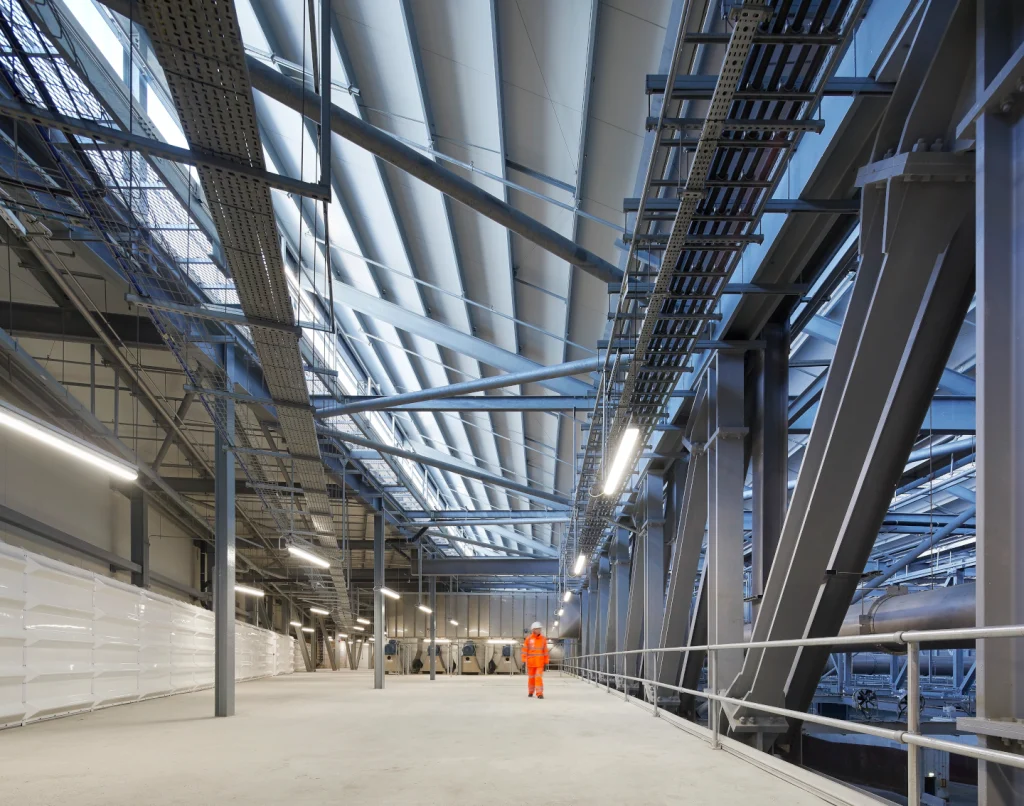
How have the past two years been and have you achieved what you had hoped?
The past two years have been a whirlwind; it’s gone so fast! I set out to open up the profession – to bring more people in who represent more of society, and I’m happy to have laid the foundations through projects such as the Workplace Conditions and Wellbeing survey, which helped paint a picture among people working in RIBA-registered practices. It highlighted the disparities in pay and conditions that exist, especially for early-career architects and people with caring responsibilities, which only serve to make the profession more closed.
I also think it’s vitally important for architecture to embrace new technology, which is why I’ve supported and advocated for two major studies into the use of AI among our membership. Although they were only a year apart, the surge in AI use and the positive change in attitudes towards AI between 2024 and 2025 gave me real hope that the creativity and inquisitive nature among architects is alive and thriving!
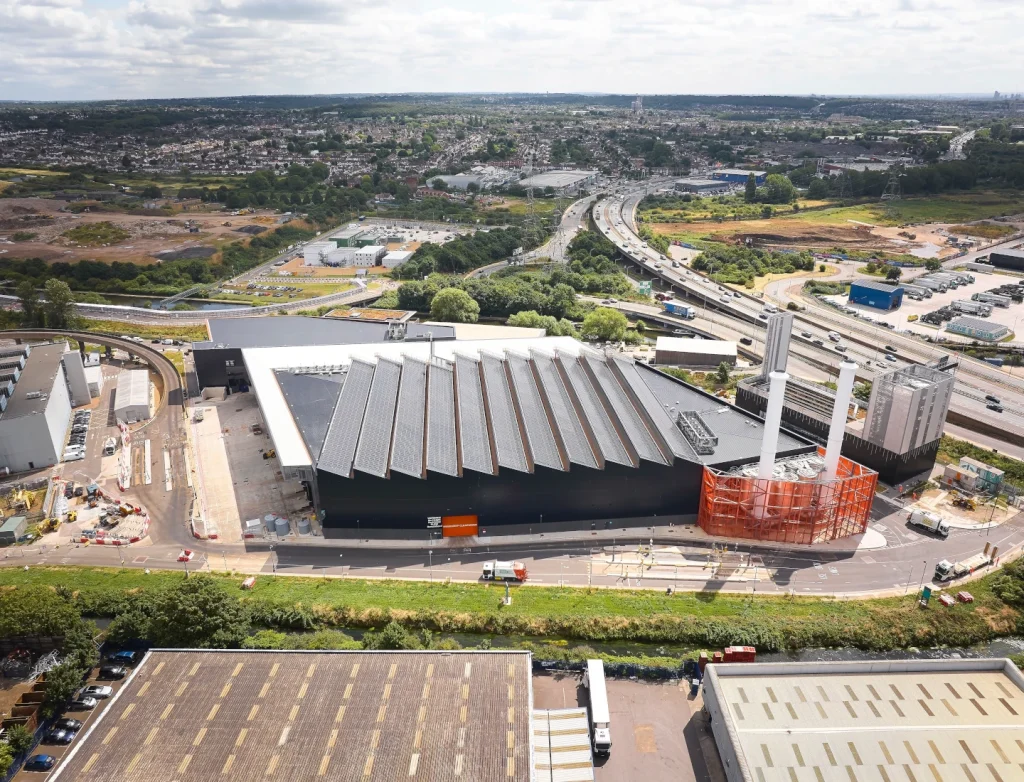
Can you speak about the architects (or people working in architecture) who are ‘disenfranchised and underrepresented’? Can you provide an overview on what has been happening?
Well, I think this goes back to the findings I mentioned in the Workplace Conditions and Wellbeing report, where you have a whole cohort of people who end up being penalised financially or perhaps getting overlooked for promotion because of their personal circumstances.
It can lead to a situation where only the people who can afford it enter the profession, and it also makes it harder to retain architects when their lives change. This shouldn’t be happening today.
This issue is compounded by the UK government’s recent decision to revoke the Level 7 apprenticeship in architecture. This apprenticeship provided a vital, accessible route into the profession, especially for those who couldn’t afford the traditional academic pathway. We strongly opposed the decision, as we believe it undermines the diversity of talent that architecture needs to thrive, and we’ll continue to push government on this.
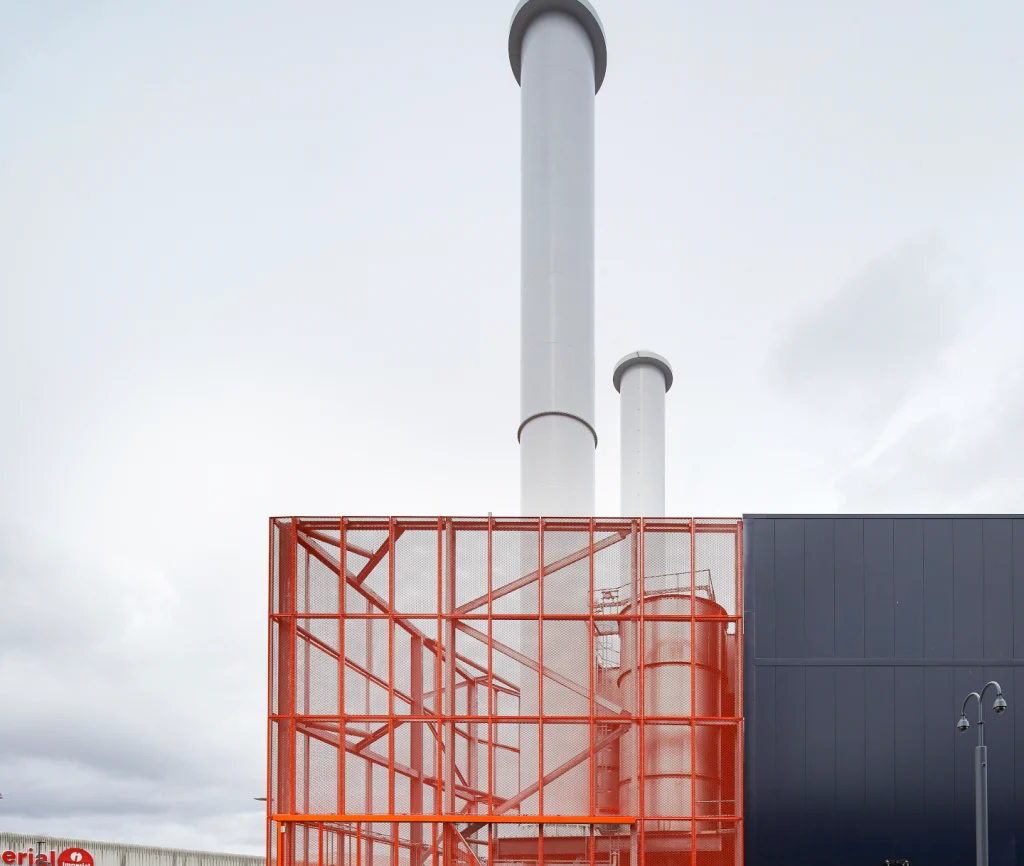
RIBA is a 200-year-old institute, but what does it represent today?
It’s my view that RIBA today represents some of the same things it did 200 years ago, which is laid out in our royal charter, which is primarily its members, the pursuit of excellence in architecture, and improving the built environment for the benefit of everyone in society.
The challenges have changed but RIBA’s fundamental purpose and vision for architecture to play a part in creating a better future for everyone remains the same. We have a responsibility to use our position as built environment experts to work with the government and regulatory bodies to try and ensure that we can inform policy around issues, such as the housing emergency, sustainability, and addressing the skills shortage in our profession.
If we look ahead, our House of Architecture programme, which has included investments in our word-class collections, upgrades to our digital infrastructure, and sensitive work on our headquarters, is helping position us to represent and shape the industry for the next 100 years.
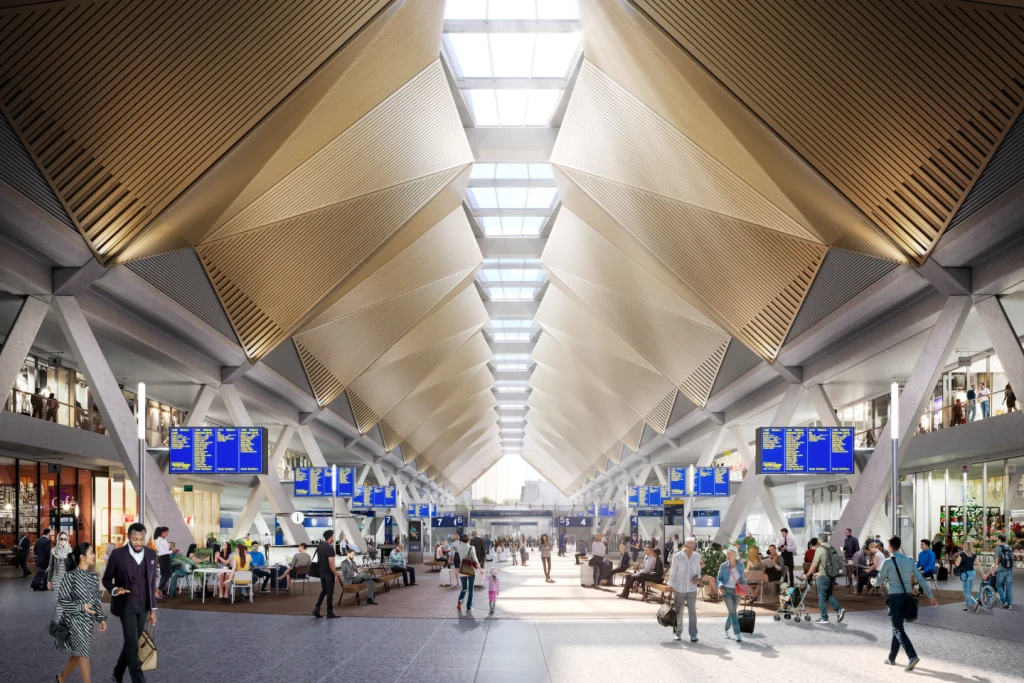
What are the big issues facing architecture?
Removing Level 7 apprenticeships for over-21s is a significant issue for architecture that will have major implications for the profession further down the track. It’s a critical blow to the profession. By cutting this option, the government risks narrowing the talent pool and limiting opportunities for diverse, skilled architects.
With the government committed to delivering 1.5 million new homes, we need all avenues for training and developing talent to be fully supported. Removing this apprenticeship route is a backward step, and it’s difficult to see how we can meet these ambitious targets without the skilled professionals the Level 7 apprenticeship would provide.
Climate change is an obvious issue that unites us all, and it’s a particular challenge for the built environment, but architects can be a big part of the solution. With building and construction projects contributing to high carbon emissions, RIBA was a founding member of UK Net Zero Carbon Standards (UKNZCBS) pilot scheme, working towards a standardised approach to decarbonising the built environment. It is the first cross-industry standard for all major building types, which will mean that partners across the sector will be able to ensure that their built assets are net zero and in line with the UK’s climate targets.
Another significant issue currently facing architecture is the urgent need to address the retrofit of existing buildings. Retrofit – which involves upgrading buildings to improve energy efficiency, extend their lifespan and enhance their adaptability – is more critical now than ever. With around 80% of the buildings that will be in use in 2050 already built, if we’re serious about cutting carbon emissions and achieving net zero, the retrofit of our existing building stock must be a top priority.
This is a cause that has been central to my presidency, and I’ve been working to push retrofit up the national agenda through initiatives like our Retrofit Roadshows. This series of events, the first held in Wiltshire in July, have helped bring together industry leaders, share best practices, and highlight the vital role that local skills and expertise play in making retrofit a success.
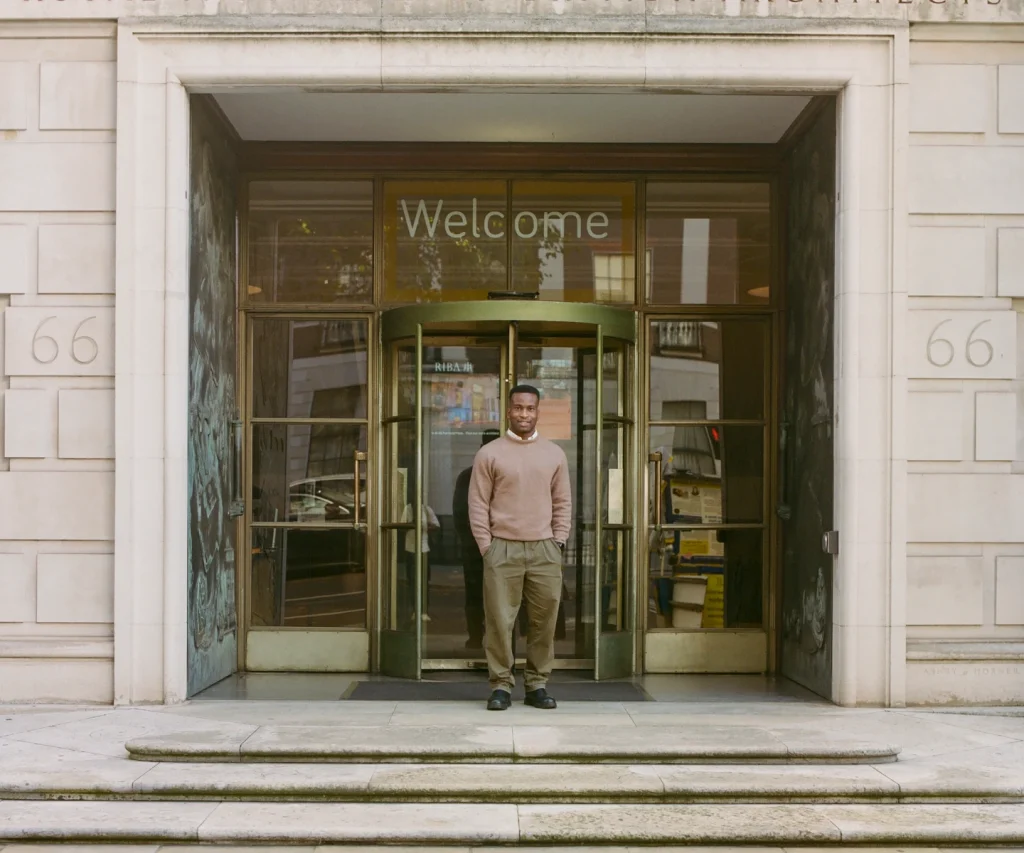
What have you learnt during your tenancy to make you a better architect?
The fundamental thing I’ve learned as RIBA president is to be open to other peoples’ ideas and opinions, and to be ready to adapt accordingly. Those qualities will help me be a better architect, I think. Listening more and having a proper dialogue with the people I’m designing for is absolutely key, so I’m really looking forward to putting those skills into action.
Any words of advice to your successor Chris Williamson, who will have the role until 2027?
I wouldn’t presume to give Chris any advice, other than to enjoy it. He will be a fantastic president and I’m excited to see what direction RIBA takes under his leadership.
What’s next for you and your career with Mace?
I’ll go back full-time now. I hope to bring what I have learnt at the RIBA – about design standards and influencing – into the way the company works. Further down the line, I don’t know what the future holds. After this opportunity, the world’s my oyster.
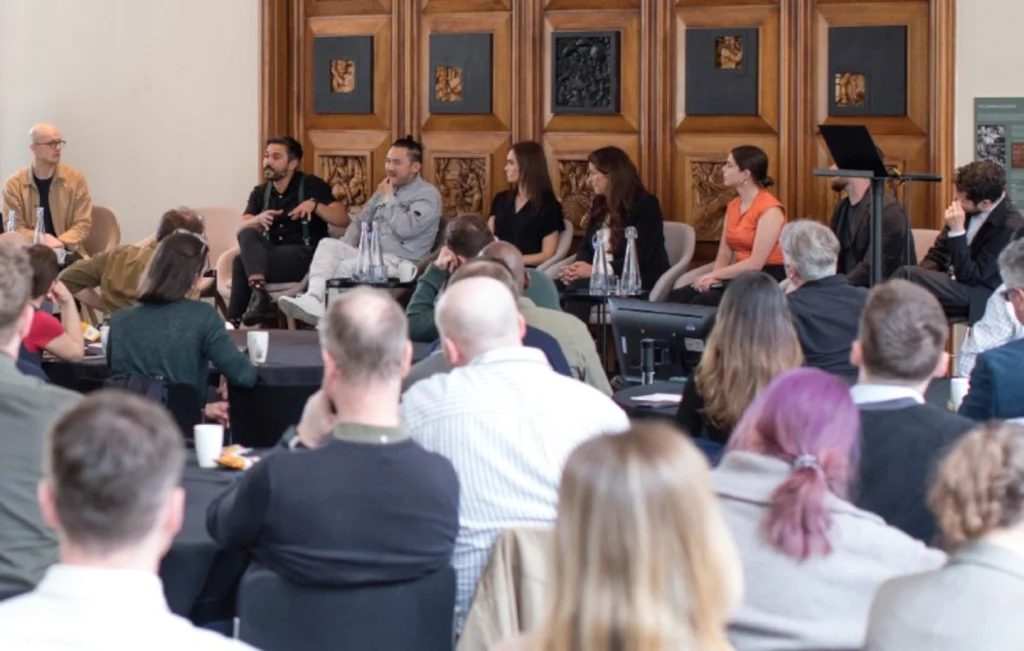
Can you share what you’re currently working on?
I am working on various bids for major programmes across the globe with Mace as delivery partner.
Anything else you what to add?
I’ve met the most amazing people and been inspired over and again by the breadth of talent and creativity that exists in our profession. As I step down from the role I feel even more committed to championing architects and architecture.
It’s been a fantastic journey, and with so many highlights it’s hard to single out one, but I think receiving my honorary doctorate from Lancashire University in July has to be up there!



